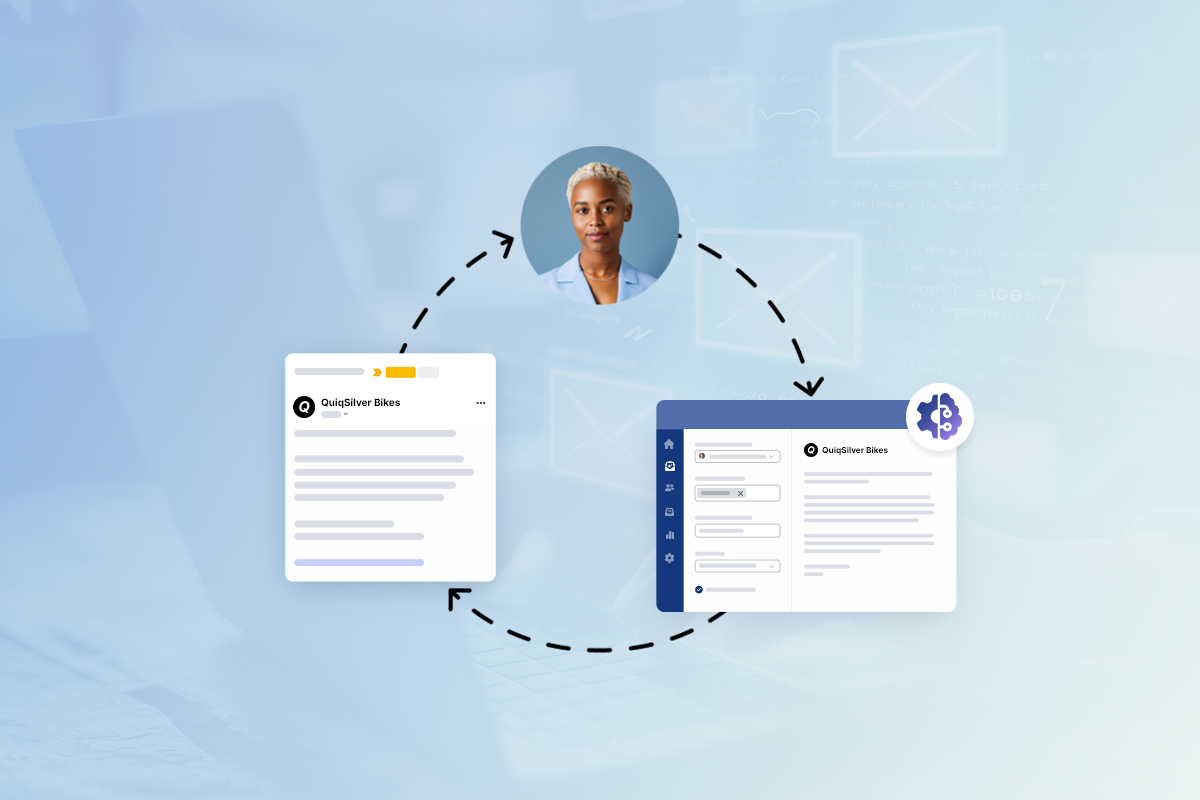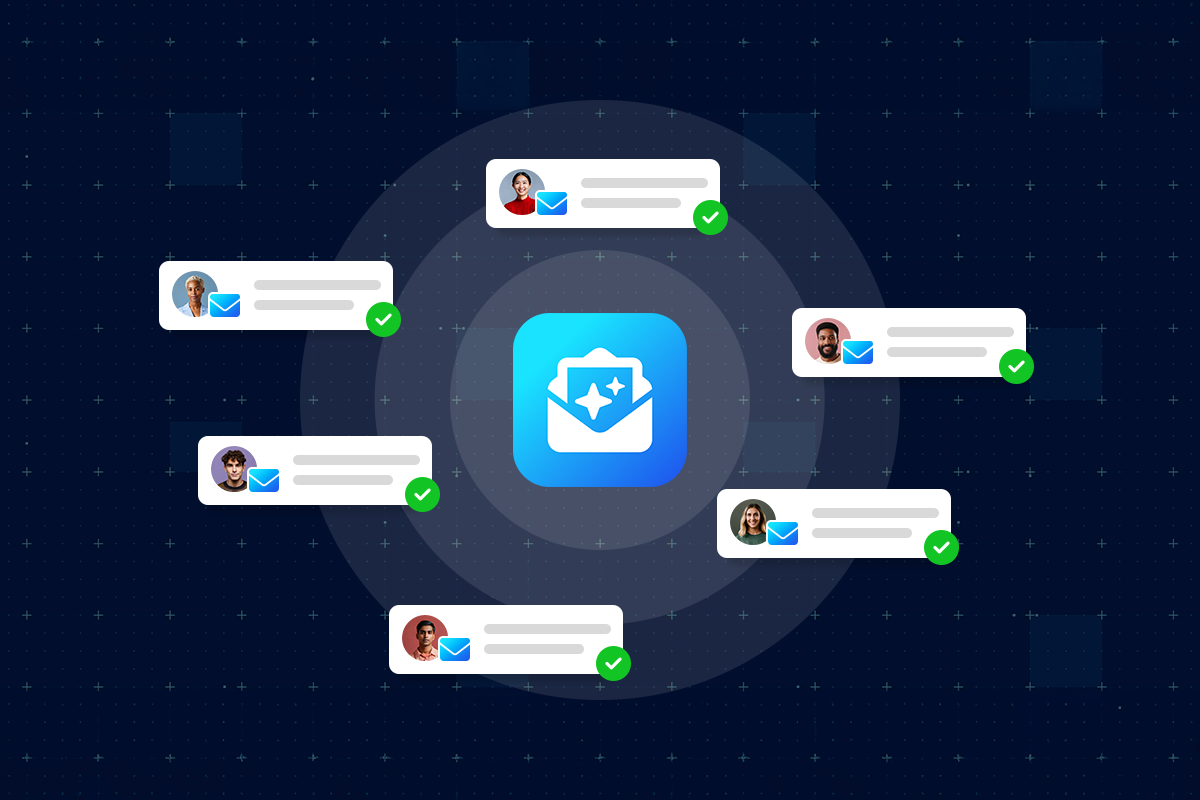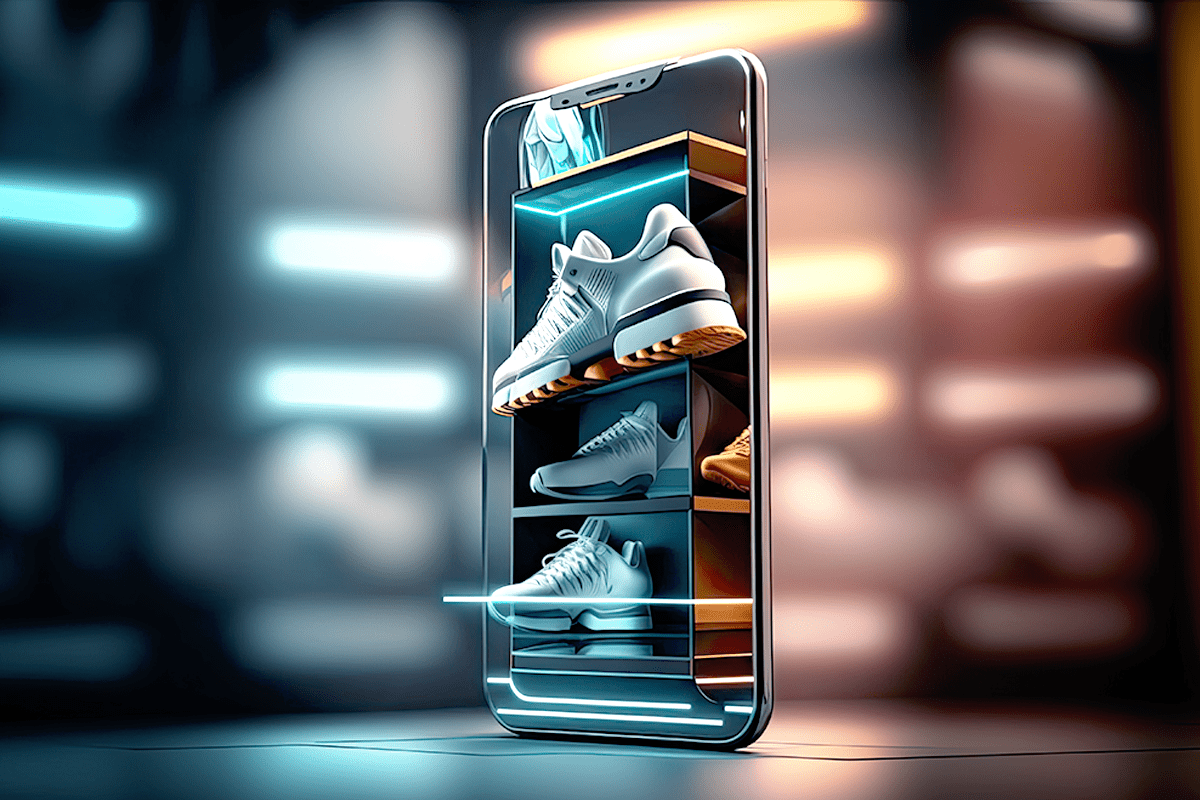In our last article, we made the case for email automation for customer experience by pointing out that it’s easy to use, reduces work for your agents, and allows you to utilize the personalization that customers today have come to expect.
But that still leaves the ‘how’ of choosing and setting up a platform to automate email for customer service, which is what we’ll focus on today. By the end, you’ll have a much clearer picture of what to look for and how to make the overall process run as smoothly as possible.
Let’s dive in!
An Overview of Email Automation for Customer Service
First, let’s briefly recap what email automation for CX actually is. Email automation in customer service refers to using technologies like generative AI to automate and personalize email communications, positively impacting the speed of your agents’ response times, how satisfied your customers are, and how efficiently your business runs. It helps businesses manage large volumes of inquiries while still retaining high standards for the quality of customer interactions.
Chances are, you’re already using email to communicate with customers, but by leveraging AI for email responses, you can rapidly address queries about warranties or recent purchases, thus dramatically decreasing the inbound issues requiring your agents’ attention. This is a net win for everyone–you, your team, and your customers.
How to Automate Email for Customer Service
Now that you’re sufficiently excited by the possibilities represented by robust email AI assistants, let’s walk through what’s actually involved in using them.
In the next few sections, we’ll cover two big topics: how to select an email automation for CX platform, and what to do with it afterward.
Decide on a Good Email Automation Solution
Any attempt to implement email automation for customer experience has to revolve around a certain set of features. When you’re shopping around, check that your preferred tool has them.
1. One of the first things you’ll want to check is that a platform supports email AI assistants based on large language models (LLMs).
We’ve alluded to these assistants a few times already, and that’s because they play a major role in effective automation. AI for email responses is what drives the ability to personalize each email to the recipient, for example, but that’s hardly all. These days, customer-facing AI assistants can often answer questions directly (in text and voice), without the need of hassling a human agent, freeing them up to laser in on those interactions requiring more judgment.
Moreover, they can intelligently classify and route issues by topic, urgency, etc. You will want to ensure your software provider is using the latest generation of AI and large language models because it is much better at reasoning over the nature of your customer inquiry and generating a response.
Plus, in some cases, email automation for customer experience platforms support native data analytics (even if they don’t support it currently, it’s important to make sure it’s on the roadmap since analytics is an important feature). There’s a reason they’re calling data the new oil, and that’s because it can unlock dramatic insights into your customers’ preferences and how your business is operating. When a platform makes it easy to collect and utilize this data, you can make far more informed decisions.
2. Next, you want to make sure that your preferred email automation solution integrates well with other software.
Obviously, it’ll need to play well with your email client, but at minimum, you’ll also want to verify that it’ll plug into your CRM and any knowledge management systems you use (such as databases of customer purchases).
A related advantage is to pick a tool that allows you to deploy once and run everywhere. Integration is part of this, because it requires the platform to be built on business logic that allows it to utilize the same data as your other applications (i.e., to fit seamlessly into your data layer.)
3. Then, you’ll want to assess its adaptability and channel support.
In the beginning, you may only need the barest functionality—in fact, it’s often best to test these tools with simple proofs of concept that don’t make use of any fancy bells and whistles. But, as you grow, your needs will change, and you want a platform that will grow along with you.
Migrating later is always an option, but that will require a certain expense in time and money that could be avoided by making sure you’re using the right platform in the first place.
In a similar vein, when you automate email for customer service you want something with support for multiple channels. Even when a conversation begins with a customer emailing you it might quickly move to voice or text, and you want something that can move seamlessly over all these channels with the least friction possible.
“Ground” Your Email Automation Software
Once you’ve got this lined out, you’ll need to ensure that the AI email assistant lying at the heart of the software only references your company’s trusted knowledge and data. The most recent large language models work quite well out of the box, but even the best of them will still need to be programmed to your specific circumstances.
There are a few parts of this cycle. First, you must gather the relevant data, with a particular focus on two things:
- Company-specific data that helps capture your brand, vision, and approach;
- User-specific data that helps your email AI assistant to generate better replies.
The former is necessary to strike the right tone (are you going for ‘playful’ or ‘professional’, for example) and converse with customers in a way that reflects your basic values. One way to do this is to offer a model brand voice examples in instructions or prompts.
Less abstractly, the second is needed to make sure models are responding in the most helpful possible ways, by drawing on your data. This could involve using techniques such as retrieval augmented generation (RAG) or fine-tuning. RAG involves pointing a model to a CRM, a Notion table, etc., so that it can utilize this data in answering a customer inquiry.
Fine-tuning is another technique that could involve something like showing a large language model many instances of your best agents helping a customer, then using that to have the model make suggestions to more junior agents as they resolve an issue or respond directly on its own.
3 Best Practices for Using Automated Email for Customer Service
Now, we’ll spend a few sections explaining some of the best ways to successfully automate email for customer service, in a way that makes your life easier and pleases your customers.
1. Personalize your Emails
The first is straightforward but very important: make sure you’re personalizing your communications to your customers. This is one of the great use cases for modern AI email assistants. Unlike prior generations of AI tools that relied entirely on templates and brittle rules, good email AI assistants use powerful language models to grasp the context of each email and generate responses customized to a given customer.
This means that every customer feels seen in a way that’s not possible with generic boilerplate responses. For you, this drives positive outcomes like reducing response times, increasing issue resolution, and boosting customer satisfaction.
2. Make Privacy and Safety a Priority
Another thing that’s important is emphasizing customer privacy and safety. On the one hand, consumers today are accustomed to providing credit card information or their social security online (to make purchases or to file taxes), but they also see endless examples of data breaches compromising millions of people and putting them at risk of identity theft.
There’s no easy way to guard against this, but our purpose here is to highlight how crucial this part of your enterprise is. Your customers will trust you more if they believe that you’re doing everything you can to keep their confidential information from prying eyes. Learn more about security and compliance in the context of email automation for CX here.
3. Always be Testing and Monitoring
Finally, settling on a platform to automate email for customer service and deploying it are the start of your journey, not its end.
One reason for this is that the underlying language model technology that powers AI for email responses is stochastic. There are successful methods which make the models much more reliable. With prompt chaining, for example, you might check an incoming user email, reformat it for better results, generate an answer (making sure it’s included citations to its sources), then fact check it.
Nevertheless, you still have to monitor its output over time to make sure it’s still providing timely, helpful responses to your customers. A good platform will handle a lot of this monitoring while providing you a way to provide feedback if you’re seeing outputs that are problematic in some way.
Make The Most Use of Email Automation for Customer Service
Automating the workflows involved in addressing customer queries is one of the exciting new frontiers in customer service—and it’s already supercharging agents in contact centers.
For a broader look at automation across all support channels, not just email, check out our guide on what automated customer service is and how to implement it
You can learn more about the unique benefits of Quiq’s email AI right here!




